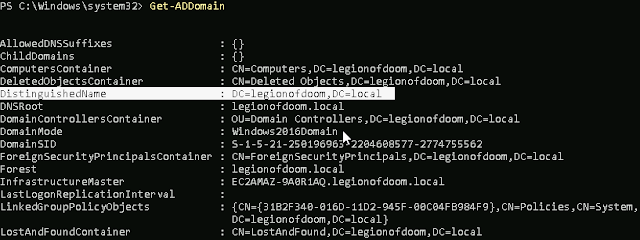Active Directory is a critical component of the Windows ecosystem, providing a centralized database for storing information about objects on the network, such as users, groups, and computers. This hierarchical structure enables controlled access to network resources and is supported by the Domain Controller, a Windows server that hosts the Active Directory service and provides authentication services to users.
In this article, we will explore the basics of Active Directory, including its structure, components, and dependencies. We will also discuss the importance of proper planning and design in creating an Active Directory infrastructure and provide an overview of the process of installing Active Directory using both the Server Manager GUI and PowerShell.
Whether you are a system administrator, a network engineer, or simply interested in learning more about Active Directory, this article will provide a solid foundation for understanding the concepts and principles that underlie this powerful technology. So, let's get started and explore the world of Active Directory.
Lab Questions and Answers: 1.1 Core Concepts
1. Which of the following accurately describe Active Directory?
(select all that apply)
A. It follows a hierarchical structure.
B. It is a kind of database.
C. It provides a means of granting access to network resources.
D. It is a store of information about objects on the network.
Answer: A, B, C, D
2. Which of the following accurately describe Domain Controllers?
(select all that apply)
A. A domain controller should have sufficient CPU and memory to run Active Directory.
B. A domain controller is responsible for directing network traffic in a Windows environment.
C. A domain controller is used to authenticate users and grant access to resources.
D. A domain controller can only be installed using PowerShell.
Answer: A, C
3. Active Directory uses ___-style names for its domains.
DNS
4. Which of the following is the correct hierarchy?
A. Forest > OU > Domain > Users and Computers
B. OU > Forest > Domain > Users and Computers
C. Forest > Domain > OU > Users and Computers
D. Domain > OU > Forest > Users and Computers
Answer: C






